|
The Royal Ballet is an
internationally renowned classical ballet company, based at the Royal Opera House in Covent Garden, London, England. The largest of the four major ballet companies in Great Britain, the Royal Ballet was founded in 1931 by Dame Ninette de
Valois, it became the resident ballet company of the Royal Opera House in
1946 and was granted a royal charter in 1956, becoming recognised as Britain's flagship national ballet company.

The Royal Ballet was one of the foremost ballet companies of the 20th century, and continues to be one of the world's most famous ballet companies to this day, generally noted for its artistic and creative values. The company employs approximately 100 dancers and has purpose built facilities within the Royal Opera House. The official associate school of the company is the Royal Ballet School, and it also has a sister company, the Birmingham Royal Ballet, which operates independently. The Prima ballerina assoluta of the Royal Ballet is the late Dame Margot
Fonteyn.
History
In 1926, the Irish-born dancer Ninette de Valois founded the Academy of Choreographic Art, a dance school for
girls. Her intention was to form a repertory ballet company and school, leading her to collaborate with the English theatrical producer and theatre owner Lilian Baylis. Baylis owned the Old Vic and Sadler's Wells theatres and in 1925 she engaged de Valois to stage dance performances at both venues.
Sadler's Wells reopened in 1931 and the Vic-Wells Ballet and Vic-Wells Ballet School were established in premises at the theatre. These would become the predecessors of today's Royal Ballet, Birmingham Royal Ballet and Royal Ballet School. Prior to her return to Britain, Ninette de Valois had been a member of the Ballets Russes, one of the most renowned and influential ballet companies of the 20th century. The company disbanded in 1929 following the death of its founder Serge Diaghilev. When de Valois formed the Vic-Wells Ballet, she employed some of the company's former stars, including Alicia Markova and Anton Dolin, who joined as Principal dancers, and Tamara Karsavina, who worked with the company as an advisor. The Founder Musical Director was the conductor and composer Constant Lambert who had considerable artistic as well as musical influence over the early years of the
company.
After losing the link with the Old Vic theatre, in 1939 the company was renamed Sadler's Wells Ballet and the school became Sadler's Wells Ballet
School. Both continued at Sadler's Wells Theatre until 1946, when the company was invited to become the resident ballet company of the newly re-opened Royal Opera House in Covent Garden, under the direction of David Webster. The company relocated to the opera house the same year in 1946, with their first production at the venue being The Sleeping Beauty.
Following the relocation of the company, the school moved to its own premises in 1947. A sister company was established to continue performances at Sadler's Wells, called the Sadler's Wells Theatre Ballet, under the direction of John Field. In 1955, the sister company temporarily lost its link with Sadler's Wells and returned to the Royal Opera House as a touring unit of the main company.
In 1956, a Royal Charter was granted for both companies and the school; they were subsequently renamed the Royal Ballet, Sadler's Wells Royal Ballet and the Royal Ballet School.[5]
The Sadler's Wells Royal Ballet returned to Sadler's Wells Theatre in 1970, while continuing to tour the country. In 1987, however, the company was invited to become the resident ballet company at the Birmingham Hippodrome. It relocated to Birmingham in 1990, being renamed Birmingham Royal Ballet and it ceased to be part of the Royal Ballet in 1997 when it was made independent of the Royal Opera House, with Sir Peter Wright as Artistic Director. Birmingham Royal Ballet retains close relationships with both the Royal Ballet and Royal Ballet School, although it now has its own associate ballet school, Elmhurst School for Dance.
In 1964 the Royal Ballet established "Ballet for All" under the direction of Peter Brinson. Between 1964 and 1979 "Ballet for All" toured throughout the country, presenting around 150 performances per annum and reaching around 70,000 people each year. In 1976 the Royal Opera House established its schools' matinee programme.
Today the Royal Ballet remains the resident ballet company at the Royal Opera House, conducting its own tours internationally, and it continues to be the parent company of the Royal Ballet School, which is now based at White Lodge, Richmond Park and premises in Floral Street which are adjacent to and have direct access to the Royal Opera House.
Sergeyev
During its formative years, the Sadler's Wells Ballet would become one of the first ballet companies outside the Soviet Union to stage full productions of ballets by Marius Petipa and Lev Ivanov, which were central to the repertory of the Imperial Russian Ballet. To stage these ballets with her newly formed company, de Valois employed Nicholas Sergeyev, a former régisseur of the Imperial. He staged productions of Petipa's The Sleeping Beauty; Petipa and Ivanov's Swan Lake and The Nutcracker; Petipa and Cecchetti's production of Coppélia; and Petipa's Giselle. Created with the aid of choreographic notation written in St Petersburg at the turn of the 20th century, these works have been included in the repertoire of the Royal Ballet ever since. The company now uses Peter Wright's 1984 production of The Nutcracker, which uses some of Sergeyev's notation. Sergeyev's revivals of these ballets in London are regarded as the foundation point of the traditional classical ballet repertoire, and led to their being restaged throughout the world. Sergeyev is considered to have made one of the most significant contributions to the popularity of ballet worldwide. His choreographic notation and other materials relating to it have been preserved in the Sergeyev Collection, part of the theatre collection of the Harvard University Library.
Prima ballerina assoluta
The Royal Ballet is one of the few ballet companies in the world to have staged performances by three dancers considered to be Prima ballerina assoluta, the two 20th-century dancers having studied at the Royal Ballet School. The first was Alicia Markova who, having been mentored by Ninette de Valois as a member of Serge Diaghilev's Ballets Russes, was invited to become one of the founder dancers of the Royal Ballet. She was designated the company's first Prima ballerina, and was later recognised as a Prima ballerina assoluta. Margot Fonteyn spent her entire career dancing with the company and was appointed Prima ballerina assoluta by
Queen Elizabeth
II. Alessandra Ferri began her career with the Royal Ballet; she was later appointed Prima ballerina assoluta of La Scala Theatre Ballet in Milan.
Structure
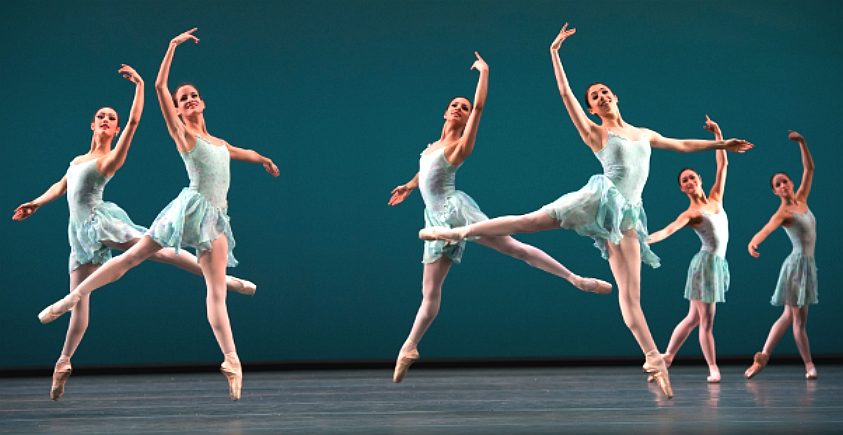
The Royal Ballet has six ranks of dancers in ascending order:
Artist: the lowest rank in the company and, together with the First Artists, dancers at this level form the Corps de ballet. Ballet school graduates entering the company usually do so at this level.
First Artist: a rank for the more senior members of the Corps de Ballet. Dancers at this level have the opportunity to perform some of the Corps de Ballet's more featured rôles, such as the Dance of the Cygnets in Swan Lake. First Artists will occasionally be cast in minor Soloist rôles if they are being considered for promotion.
Soloist: there are normally 15–20 soloists in the company. As the title suggests, dancers at this level perform the majority of the solo and minor rôles in a ballet, such as Mercutio in Romeo and Juliet or one of the Fairies in The Sleeping Beauty.
First soloist: the rank where dancers are being considered for promotion to principal level. A dancer at this rank will dance a varied repertoire of the most featured soloist rôles, whilst understudying and having the opportunity to perform leading rôles when a Principal dancer is either injured or unavailable.
Principal character artist: the rank given to members of the company who perform important character rôles in a ballet. These rôles are normally very theatrical and often include character dance and ballet mime. Examples include Carabosse in The Sleeping Beauty or Drosselmeyer in The Nutcracker. Most Principal Character Artists in the Royal Ballet are older dancers who have been high-ranking members of the company.
Principal: the highest rank in the Royal Ballet and dancers at this level generally perform the leading and most featured rôles in a ballet. To be a principal is to be recognised as one of the leading dancers in the company and a number of the world's most celebrated dancers have been principals with the company.
The Royal Ballet also has special ranks for visiting dancers, they are "guest artist and "principal guest artist".

The Company
The Royal Ballet employs approximately 100 dancers and a complete list is shown
below. The company also has an Executive, Artistic and Music staff, including the
following:
Director – Kevin O'Hare, a graduate of the Royal Ballet School and former dancer with The Royal Ballet and Birmingham Royal
Ballet.
Associate Director – Jeanetta Laurence, a graduate of the Royal Ballet School and former dancer with the Royal Ballet Touring Company, the New Group and Sadler's Wells Royal Ballet.
Music Director – Barry Wordsworth, a British conductor and junior alumnus of the Trinity College of
Music
Company & Tour Manager – Andrew Hurst, a Royal Ballet School graduate who was previously General Manager for Phoenix Dance
Company.
Resident Choreographer – Wayne McGregor CBE, an award-winning choreographer, most noted in the field of contemporary dance and as Artistic Director of Random Dance
company.
Artistic Associate – Christopher Wheeldon
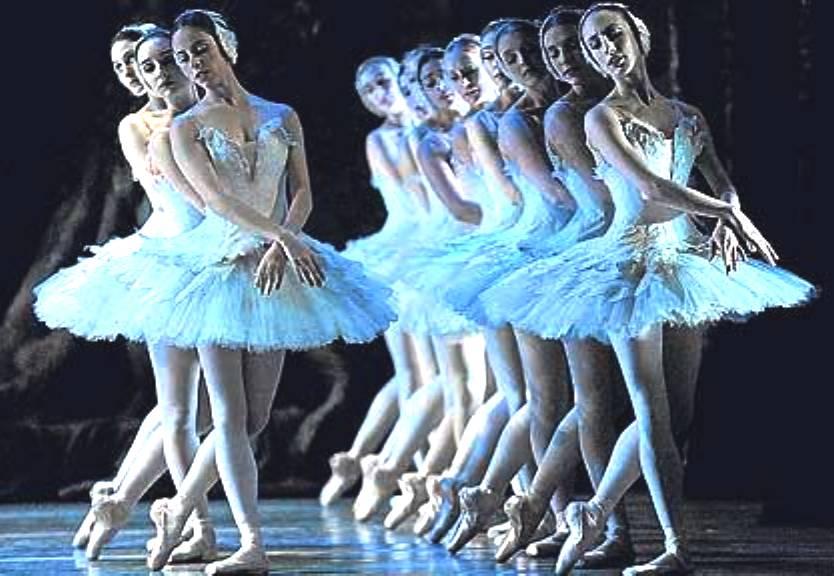
SIR
FREDERICK ASHTON
Sir Frederick Ashton was the founder choreographer of the Royal Ballet. Previously a dancer with the Ballet Rambert, Ashton started his career as a choreogapher under the direction of Dame Marie Rambert, before joining the Royal Ballet as its associate choreographer when the company was founded in 1931. He created the majority of the company's early works and staged their first performance at the Royal Opera House, a production of The Sleeping Beauty in 1946. Ashton was appointed Artistic director of the Royal Ballet from 1963 to 1970, when he retired from the post. He continued to work as a choreographer internationally, with his final work being the Nursery Suite, for a gala performance by the Royal Ballet School at the Royal Opera House in 1986. His numerous ballets have since been staged by leading dance companies worldwide and feature strongly in the programming of the Royal Ballet today.
Choreographic works
Ashton created over 100 original ballet works and numerous other productions, some of the most notable including:
A Month in the Country
Birthday Offering
Cinderella
Dante Sonata
Daphnis and Chloë
Façade
La Fille mal gardée
Les Patineurs
Les Rendezvous
Marguerite and Armand
Nocturne
Ondine
Regatta
Rhapsody
Romeo and Juliet
Symphonic Variations
The Dream
Varii capricci
SIR KENNETH MACMILLAN
Sir Kenneth MacMillan (11 December 1929 – 29 October 1992) was a British ballet dancer and choreographer. He was artistic director of the Royal Ballet in London between 1970 and 1977. Although a talented dancer, MacMillan is best known for his choreography, and particularly for his work with the Royal Ballet. He also worked with the American Ballet Theatre (1956–7) and the Deutsche Oper, Berlin (1966–69). He succeeded Frederick Ashton as Director of the Royal Ballet in 1970 and resigned after seven years, frustrated at balancing the conflicting demands of creating ballets with administration. He continued as Principal Choreographer to the Royal Ballet until his death in 1992.
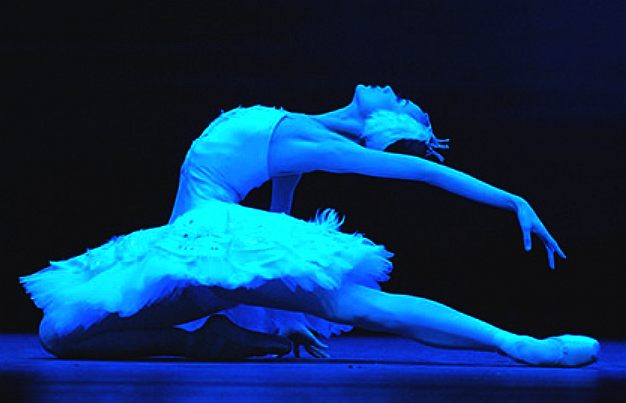
PRINCIPLE
DANCERS
| Name |
Nationality |
Training |
Other Companies
(inc. guest performances) |
Carlos
Acosta
Principal Guest Artist |
Cuba |
Cuban National Ballet School |
English National Ballet
National Ballet of Cuba
Houston Ballet |
| Leanne
Benjamin |
Australia |
Royal Ballet School |
Sadler's Wells Royal Ballet
English National Ballet
Deutsche Oper Ballet |
| Federico
Bonelli |
Italy |
Turin Dance Academy |
Zürich Ballet
Dutch National Ballet |
| Alina
Cojocaru |
Romania |
Kiev Ballet School
Royal Ballet School |
Kiev Ballet |
| Lauren
Cuthbertson |
United Kingdom |
Royal Ballet School |
|
| Mara
Galeazzi |
Italy |
La Scala Theatre Ballet School |
|
Matthew
Golding
Guest Artist |
Canada |
Royal Winnipeg Ballet School
Kirov Academy of Ballet
Royal Ballet School |
Dutch National Ballet |
| Nehemiah Kish |
United States |
National Ballet of Canada
School |
National Ballet of Canada
Royal Danish Ballet |
| Johan
Kobborg |
Denmark |
Royal Danish Ballet School |
Royal Danish Ballet |
| Sarah
Lamb |
United States |
Boston Ballet School |
Boston Ballet |
| Roberta Marquez |
Brazil |
Maria Olenewa State Dance
School |
Municipal Theatre Ballet, Rio
de Janeiro |
| Steven McRae |
Australia |
Hilary Kaplan
Royal Ballet School |
|
| Laura Morera |
Spain |
Royal Ballet School |
|
| Marianela
Núñez |
Argentina |
Colón Theatre Ballet School
Royal Ballet School |
|
Natalia
Osipova
Guest Artist |
Russia |
Moscow State Academy of
Choreography |
Bolshoi Ballet
American Ballet Theatre
Mikhaylovsky Theatre |
| Rupert
Pennefather |
United Kingdom |
Royal Ballet School
The Arts Educational School, Tring Park |
Sergei
Polunin
Guest Artist |
Ukraine |
Royal Ballet School |
|
Tamara
Rojo
Guest Artist |
Spain |
Victor Ullate Ballet School
David Howard & Renato Paroni |
English National Ballet |
| Thiago
Soares |
Brazil |
Centre for Dance, Rio de
Janeiro |
Municipal Theatre Ballet, Rio
de Janeiro |
| Edward
Watson |
United Kingdom |
Royal Ballet School |
|
| Zenaida
Yanowsky |
France |
Anatol Yanowsky & Carmen
Robles |
Paris Opera Ballet |
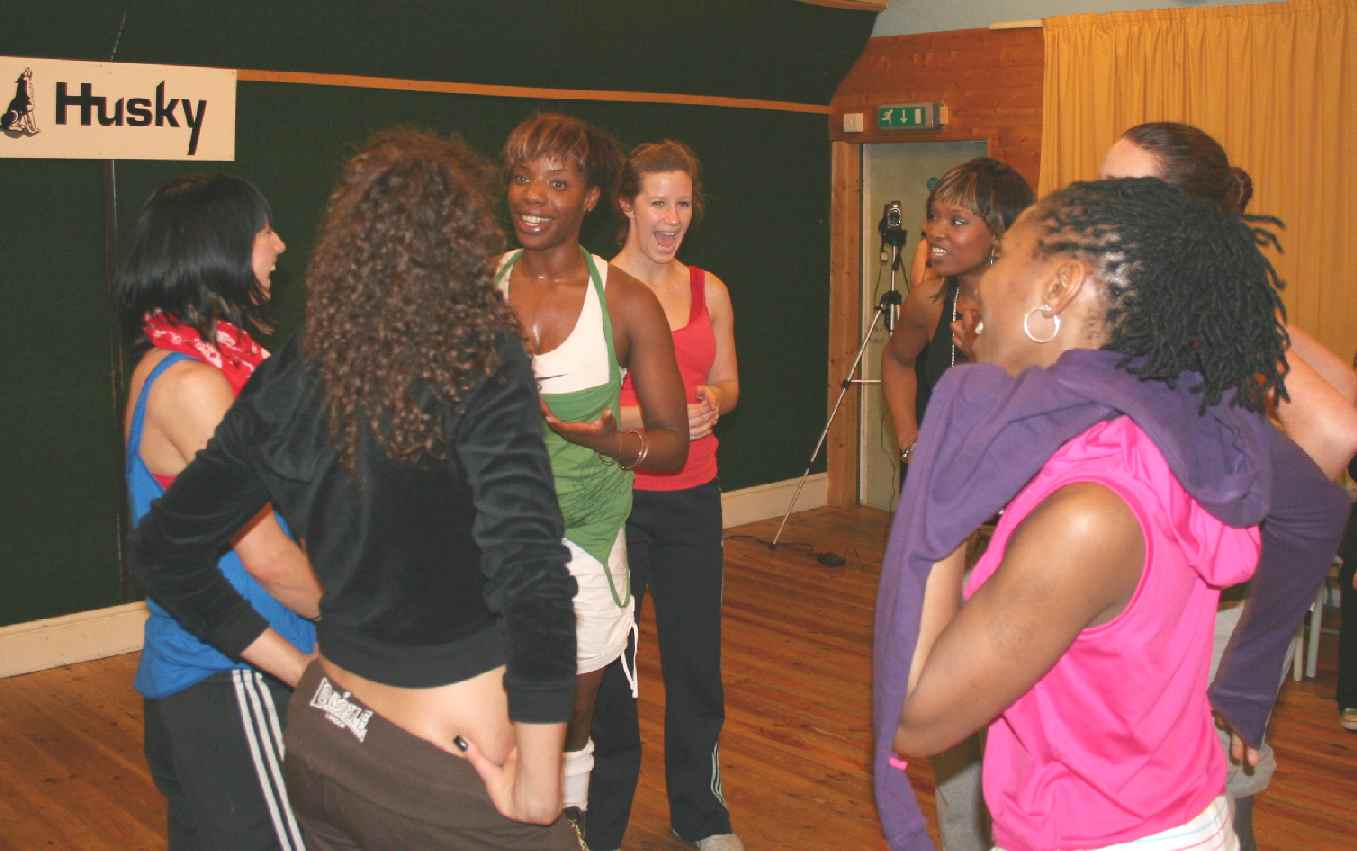
Husky
dance studios Elephant & Castle, London
LINKS
and REFERENCE
|
Evolution
of Dance
- Youtube
|
Best
Dance
- Youtube
|
|
Ballet
- Youtube
|
Thailand
Talent
- Youtube
|
|
Super
Bass
- Youtube
|
Sistar
- Youtube
|
|
Wavey
Bubble Pop
- Youtube
|
Hip
Hop Battle
- Youtube
|
|
N.Y.
Subway Breakers
- Youtube
|
B
Boy Flip
- Youtube
|
|
Best
Break
- Youtube
|
Extreme
Breakl
- Youtube
|
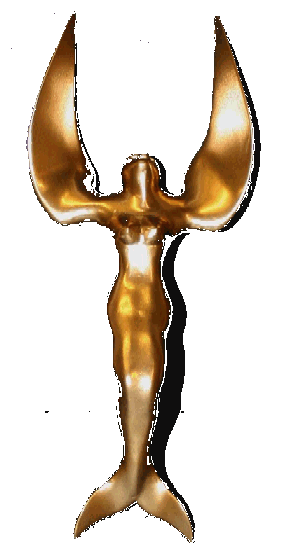
|






